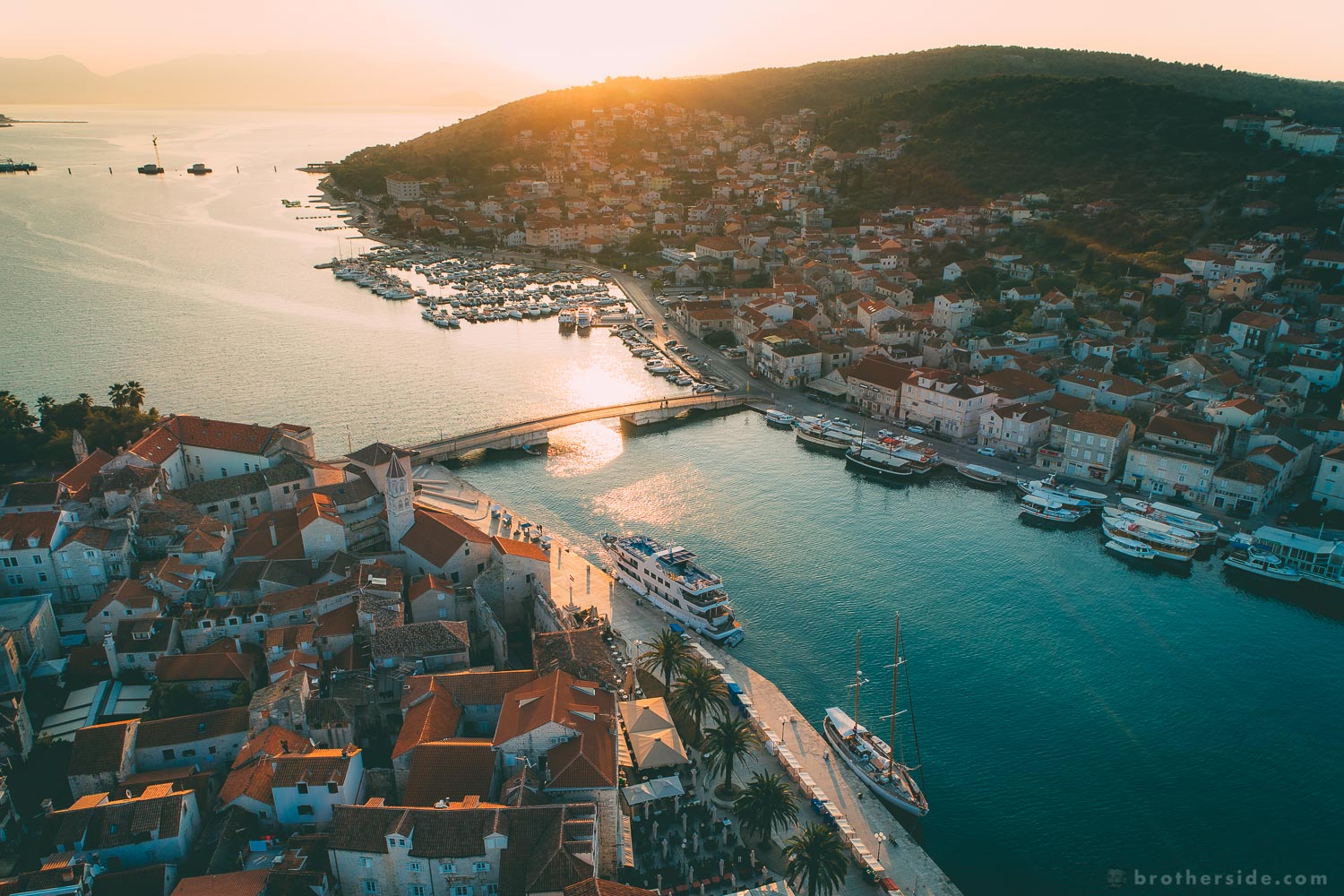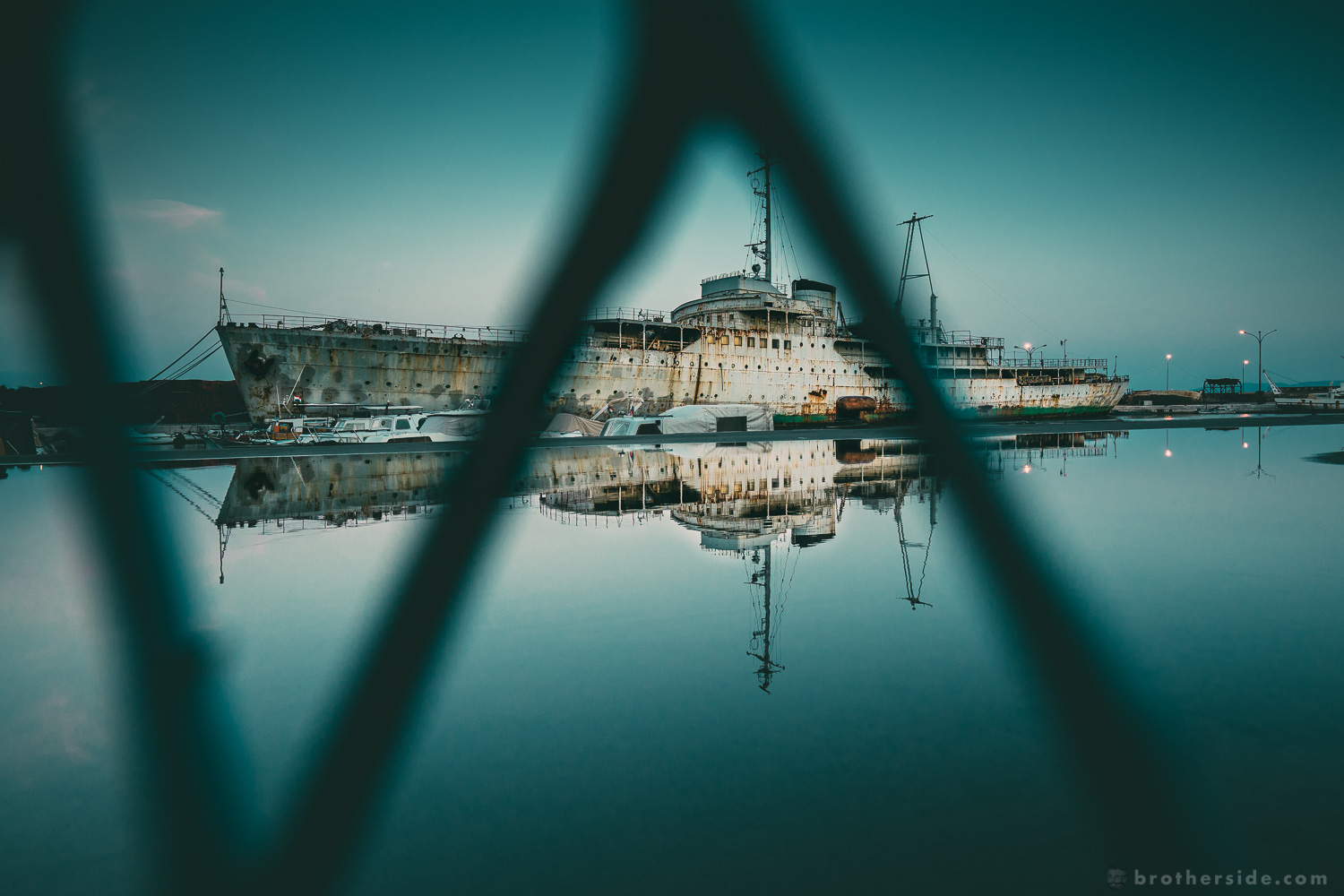The Croatian Way
The Croatian Way
The reality behind beautiful landscapes and crystal-clear waters
[8-minute read]
This article was originally written in 2016 as an attempt to capture the essence of problems the country and its people were facing. Two years later, it still serves as a painful reminder of how little has improved.
Bittersweet Freedom
It’s been more than three years since I, as a 23-year-old, left Croatia in search of new life challenges. Ever since, I’ve changed cities, countries and life perspectives, traveled extensively, found new friends and forgotten old loves. Still, one thing somehow always remained the same – I rarely visited my country.
When people ask me why I don’t come home more often, I usually offer some generic work-related excuse, trying to avoid being seen as ungrateful or adding to their misery. Unfortunately, with those few who I feel like sharing my thoughts with, no discussion is needed. They have already chosen to find their luck in some other place or just built a bubble of friends and interests to keep them oblivious to the sad reality of life in Croatia.
How bad can it be, you might ask? After all, Croatia is a popular tourist destination, an EU member, and, by any metric, a relatively decent place to live in. That is all true. We don’t have dictators or people dying of hunger. Our last war ended more than 20 years ago. By any definition, we are a free country. Still, our economy is stagnant, the perspective non-existent, and the feeling of hopelessness terrifying.
Old ladies engage in small talk while waiting for customers in search of height and weight check at one of the busiest tourist streets in Split. Despite reasonable pricing (0.3 EUR each), there was no interest in 15 minutes I spent observing the situation. An estimated 20% of Croatians live below the poverty line, compared to 4% in 1999.
I love statistics, as you will notice in this text. But numbers and logic fail to describe the Croatian problem. It lies in the unmeasurable: rampart nationalistic indoctrination, the habit of allowing problems of the past to forge our future, and the chronic lack of self-criticism. It is ingrained deep in our DNA and cannot be solved by any government measure or EU-funded project.
The New Diaspora
The most painful illustration of these words was the Croatian ascension to the European Union in 2013. Despite the government’s promises of prosperity and the overwhelming support of the people, it turned out to be nothing more than a catalyst for a wave of mass emigration; statistics say more than 200 thousand emigrated, the rate comparable to those during war times. However, unlike the past when it was mostly low-skilled workers, a third of the new diaspora are university graduates, twice the rate of the national percentage. In other words, young people who got tired of empty promises and demagoguery, and decided to take their lives into their own hands.
With over 1200 islands, islets, and reefs, Croatian archipelago is the second largest in the Mediterranean Sea. After witnessing a rapid demographic decline after the Second World War as a result of poor infrastructure and lack of opportunities, governmental measures resulted in positive demographic trends on large and well-connected islands in the last decades. However, remote islands, which are heavily dependant on tourism, saw a population loss of more than 50% in the last 50 years.
Here in Germany, the Croatian language can be heard on a daily basis. There are Croatian bars, stores, lawyers, mechanics, hairdressers, notaries, football clubs, Facebook groups, companies specialized in immigration issues; you name it. It is estimated that Germany is home to around 300 thousand Croats, only counting those who are here legally, which is about 7% of the current population of Croatia. If they were all to return and found a city, it would be the second most populated, right after the capital Zagreb.
On a rare occasion when I visit my hometown Rijeka, I have a habit of just walking around the city on my own. Familiar places trigger a weird mix of emotions – on one side, I enjoy all the childhood memories of the place that made me who I am today. On the other side, I cannot fail to notice how everything has stayed the same: empty train station, old paper factory, once famous shipyard, the local corner store – all steadily decaying.
The Way Backwards
What hurts the most is that Croatia is not only a beautiful country. It has the prerequisites to be a prosperous nation. Its geographical position as a link between Western and Eastern Europe and the exit to the Mediterranean Sea give it the potential to be a strong player on the regional geopolitical scene. Combined with the pro-European mentality of its people and enormous tourism potential, one could easily expect to see Croatia as one of the leading states formed after the fall of communism.
The view of the bridge connecting the island of Čiovo with the old core of Trogir, one of the seven UNESCO World Heritage Sites in Croatia. Besides its beauty and history, this bridge tells another story – one of the politicians' unkept promises, so symptomatic for Croatia. As the only connection between the island and the mainland, the bridge suffers from heavy traffic congestion, especially during the high season, when the influx of tourists completely paralyzes the city's infrastructure, making things like daily commute endurable only to masochists. First plans for the new bridge, which would relieve the traffic congestion and provide better connections with the Split airport and a nearby motorway, were made in 1962, but have never come further than election promises. Finally, in 2008 after yet another election, the project of a new 545-meter-long bridge was presented with completion due in 2011. In summer 2016, we drove across the old bridge. In the distance, heavy machinery was setting the contours of a massive construction. Five years of delay (and counting). In Croatia, it doesn't sound like a bad deal.
Instead, the situation is only getting worse. It wasn’t so long ago that countries like Poland, Hungary, Latvia, and Lithuania were lagging behind in every relevant economic indicator. I vividly remember how we used to make fun of their “poor” tourists who would come to our coast in cars packed with canned food, enough to feed the whole family for a week. Today, those countries are experiencing constant economic growth, after successfully overcoming the 2008 financial crisis. At the same time, Croatia’s economy was plummeting, having witnessed its first GDP growth only in 2015. It is estimated that, at the current rate, Croatia’s standard of living will soon be surpassed by Romania – our favorite laughing stock and a stereotype for poverty. That will place us at the bottom of the EU chart, higher only than Bulgaria, recently named the unhappiest country in the EU.
Who is to blame? Politicians, bloody war, or maybe the leftovers of our communist heritage? I think that no matter how inefficient and corrupted the system is, the real problem lies in people, and the government is merely our reflection.
Croatia is about to hold a general election later this year. Despite all the numbers above and the insane unemployment rate of 15%, an average Croat, who, by the way, moves out of their parents’ place at the age of 32, the highest of all EU countries, doesn’t know the first thing about political parties’ programs. Instead, they waste energy arguing about Partisans and Ustashas, or opposing gay and abortion rights, while their sons and daughters are buying one-way tickets, running away precisely from that mentality.
Galeb (Croatian for “seagull”) was used as the official yacht by the late president of Yugoslavia, Josip Broz Tito. By his death in 1980, it had hosted more than 100 statesmen, including Nikita Khrushchev, Muammar Gaddafi, and Indira Gandhi, and thus gained iconic status both among the people of Yugoslavia and internationally. Galeb’s most famous journey was the one to London, up the River Thames, where Tito was invited by Winston Churchill for the first visit to the UK by a communist head of state. After 1980, Galeb had changed a few owners, before being bought by the city of Rijeka in 2009, with plans of converting it into a museum ship. But ever since, it has been berthed in the port of Rijeka, accumulating massive losses to its owner, and setting the spark for yet another ideological debate in the left-right political spectrum. While the left sees Tito as the antifascist hero and one of the greatest statesmen of the 20th century, the right portrays him as a communist dictator who persecuted and killed many Croatians and, as such, shouldn’t be glorified or given a platform. It doesn't matter that, by that logic, the Stasi Museum or Topography of Terror in Berlin, which display the war atrocities of the Nazi regime, are glorifying the ideologies they are showcasing. Croatian reasoning, as always, is bulletproof. In the meantime, with Galeb still at berth, another opportunity to offer the visitors something more than sea and sun is turning into rust.
With all this on my mind, my plane landed in Split. It was mid-July, and my face was melting. The luggage was late, so I sat outside and watched taxi drivers trying to rip off tourists. At the same time, the sun was shining, and the landscape was as beautiful as always. Seeing my mother’s smile after so long chased the heavy thoughts away. Croatia was still my country, and I wasn’t ready to give up on her yet.





